On a quiet spring evening in April 2023, a routine dinner flight turned tragic off the coast of Venice, Florida. A seasoned pilot, his friends, and a beloved Piper PA-32R never made it home, their flight ending abruptly in the dark waters of the Gulf. This is the story of what happened, the human decisions behind it, and the lessons we can all take to heart.
A Friendly Outing Turns Fatal
The day began unremarkably. The 64-year-old commercial pilot, who held an instrument rating and flew under BasicMed, decided to take three friends on a short flight from St. Petersburg’s Albert Whitted Airport (SPG) to Venice Municipal Airport (VNC) for dinner. This wasn’t a pilot new to the skies — he had amassed approximately 1,566 hours of flight time across various aircraft, including 250 hours in tailwheel planes, 225 in retractable gear aircraft, and 15 hours in the Piper PA-32R that would later crash.
After dinner, the group returned to the airport. The pilot and his front-seat passenger conducted a preflight inspection by flashlight (using their phones), which already raised some concerns from a friend watching from nearby. The engine startup didn’t inspire confidence either. It coughed and idled roughly before smoothing out at higher RPMs. Despite this, the pilot pressed on.
Into the Darkness
At 9:36 PM, under clear skies and calm winds, the Piper PA-32R lifted off runway 23 at Venice. On paper, the conditions seemed benign: 10 miles visibility and a full moon. But the moon hung low on the eastern horizon — behind and to the left of the departing aircraft — providing no useful illumination. Ahead, the Gulf of Mexico stretched out as a featureless black void.
The plan was a straight-out VFR departure back to St. Petersburg. But within seconds, things went wrong. ADS-B data showed the airplane climbed to about 300 feet before beginning a right turn and a rapid descent. The final moments recorded a ground speed surge to 136 knots and a terrifying descent rate of over 3,000 feet per minute. The aircraft struck the water less than a mile offshore, killing all four aboard.
Why It Happened
The NTSB’s analysis pointed squarely at spatial disorientation. The pilot, flying visually, launched into an environment that provided no visual cues — no horizon, no shoreline lights ahead — only dark sea and sky blending into one. In such conditions, the inner ear’s vestibular system, without backup from visual references, can mislead a pilot into believing the airplane is level while it enters a bank or spiral.
Despite the pilot’s commercial certificate and instrument rating, the report couldn’t confirm his currency for instrument or night flight. The aircraft’s autopilot, which had a “Recover Mode” to restore level flight, required 500 feet of altitude to engage — a height the aircraft never reached. Worse, the autopilot switch was found in the off position.
Adding complexity, the pilot’s health may have played a role. His uncontrolled diabetes (HbA1c of 12.1%) could have affected his cognitive function and vision, and his heart disease increased the risk of a sudden cardiac event. However, the investigation found no direct evidence of medical incapacitation during the flight.
Lessons for All Pilots
This tragedy underscores a timeless aviation truth: dark night conditions over water can be as dangerous as flying in the clouds. Even with clear weather, the absence of visual references can lure pilots into a deadly spiral, especially at low altitudes where time for recovery is scant.
Some key takeaways:
- Never underestimate the challenge of a dark night over water. A “VFR” night can mimic instrument meteorological conditions (IMC) when no horizon is visible.
- Be honest about your currency. An instrument rating on paper isn’t enough — regular practice is essential to keep skills sharp for when visual cues disappear.
- Consider using all available resources. In this case, an IFR clearance or delaying the flight until dawn might have prevented disaster.
- Respect minimums for equipment like autopilot. Safety features can’t help if they’re switched off or not usable at low altitude.
- Health matters. Chronic conditions like uncontrolled diabetes or heart disease may not cause an accident outright, but they can add risk at critical moments.
Final Thoughts
The Venice accident was not the result of mechanical failure. The engine was producing power. The controls, as far as could be determined, worked as intended. The fatal error was human: a decision to depart VFR into an environment that demanded instrument skills — skills that, tragically, could not be brought to bear in time.
May we all reflect on this event and remember: good judgment is the foundation of safe flight.

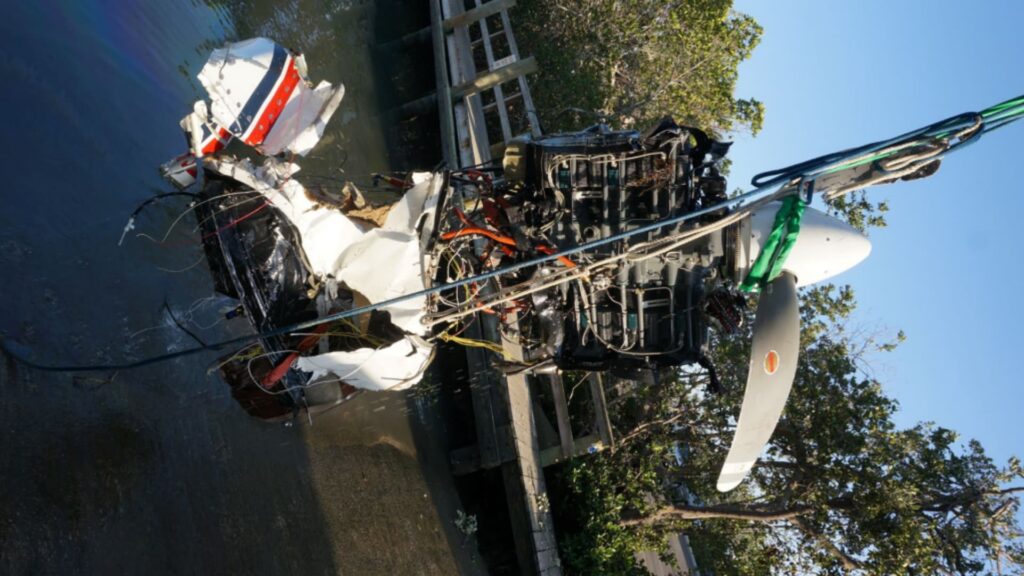



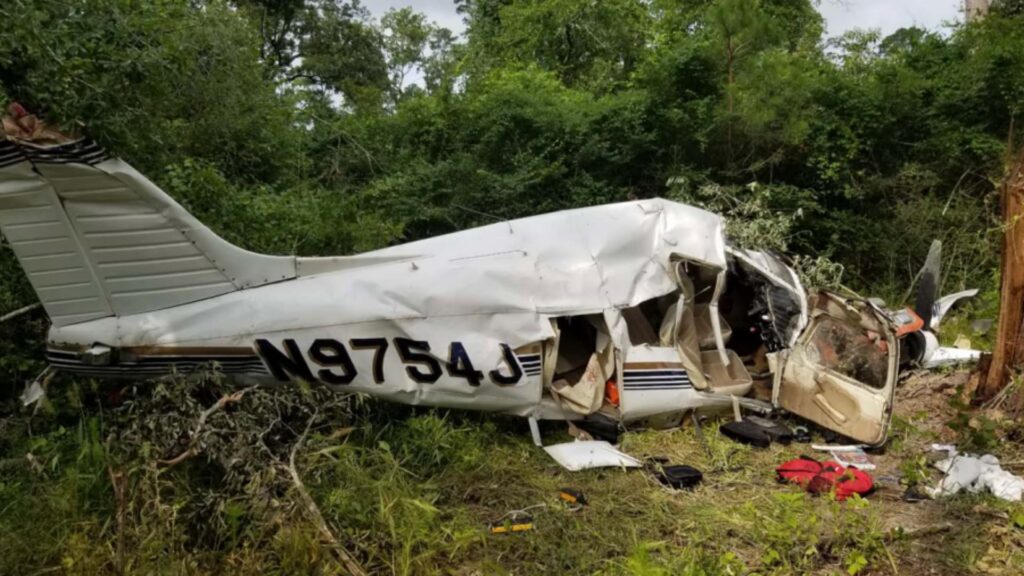
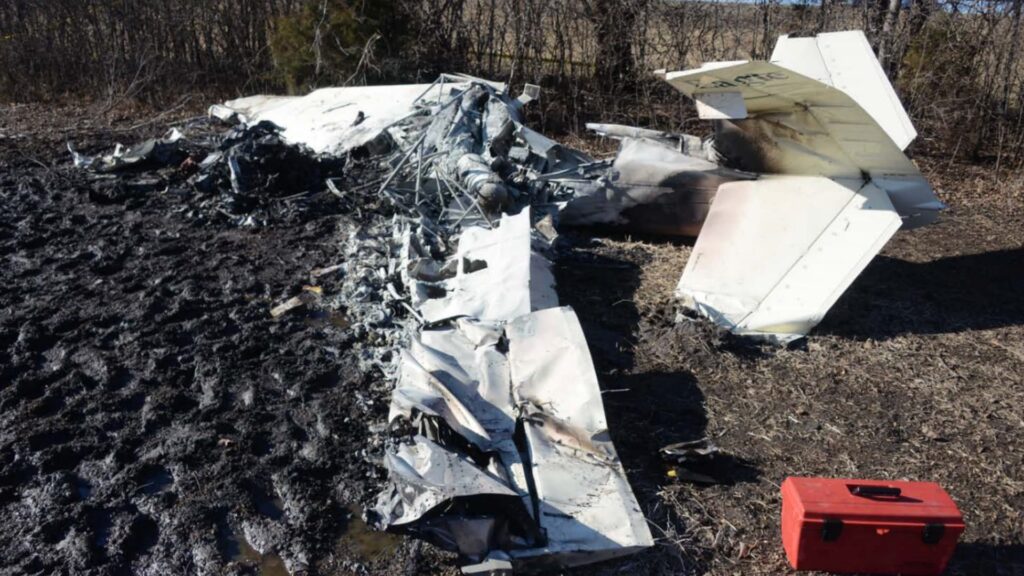
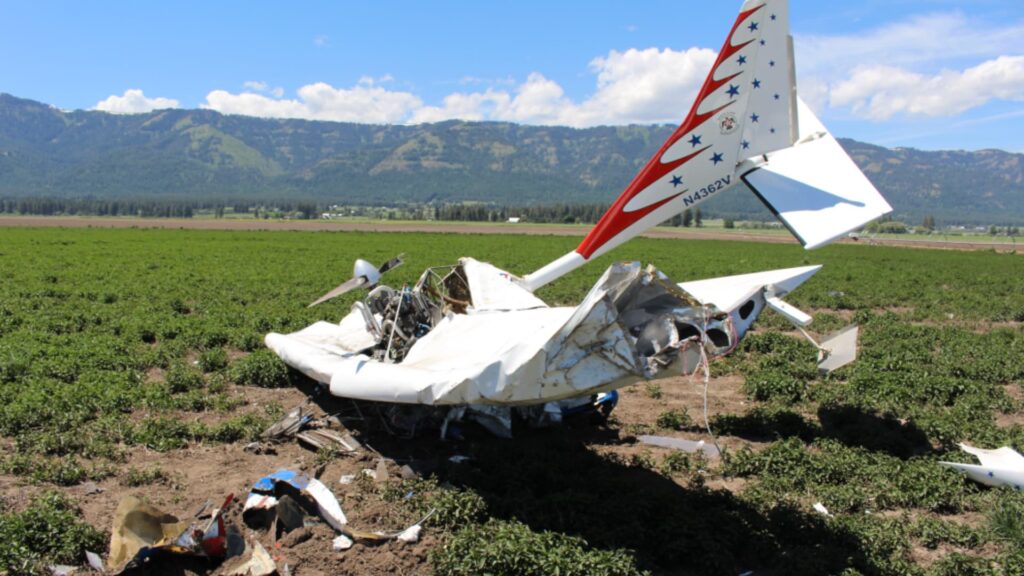
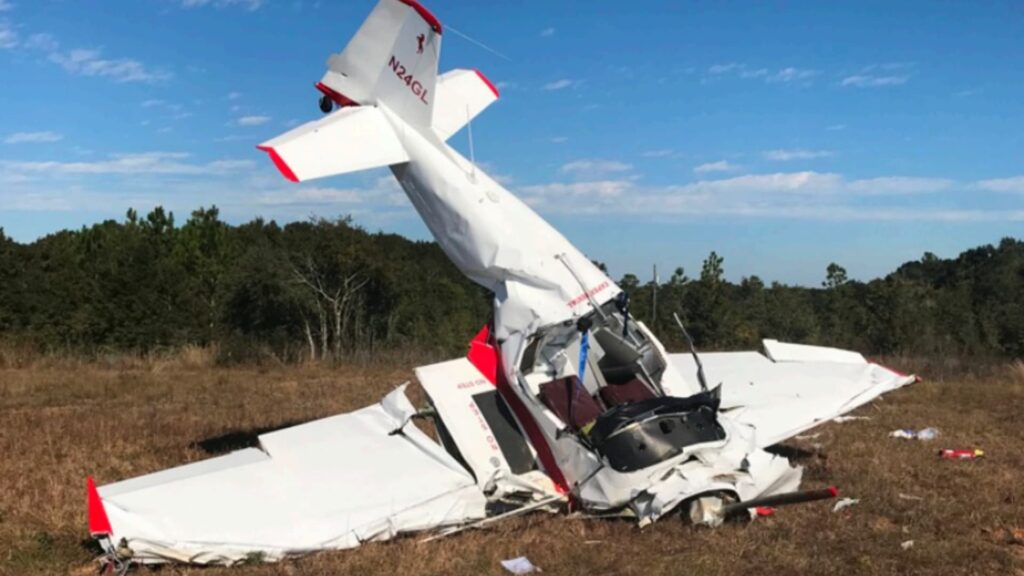
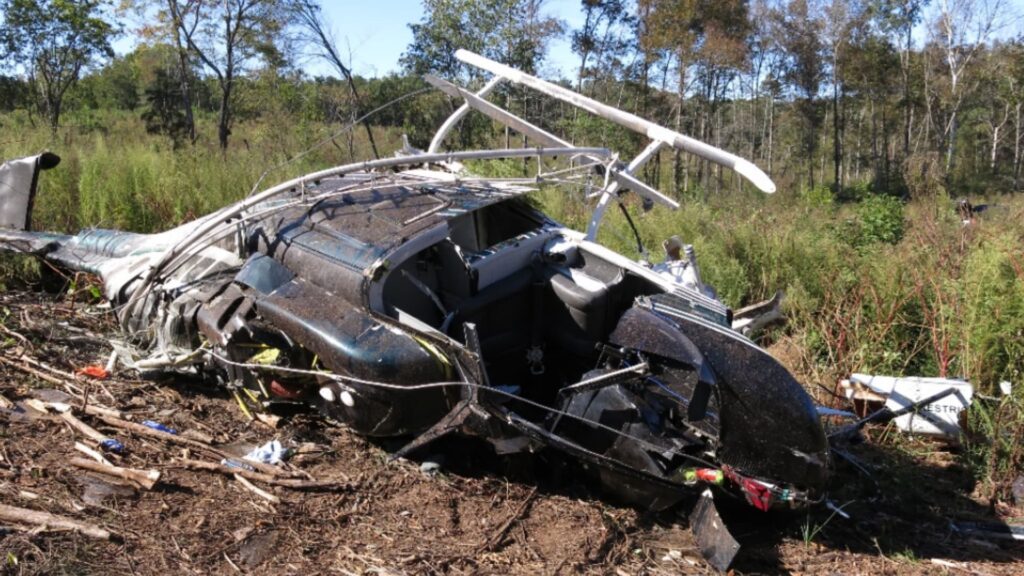
3 Comments
“The Gulf of America”
You are absolutely right about “regular practice.”
Thirty plus years operating out of the Venice Airport. Twenty five years as full time tenant. Venice has experienced multiple accident off of Runway 23 into the black hole of the Gulf of America. Regardless of the phase or location of the moon or haze or any other atmospheric conditions night departures from runway 23 are instrument departures. Dennis King has posted an excellent video available on You Tube showing those conditions (day night compared).